The Movie Soundtrack
The movie soundtrack has become a great source for discovering music. Many dramatic scenes are fully augmented by appropriate audio, which in turn drives sales of the songs themselves. It is a nice […]
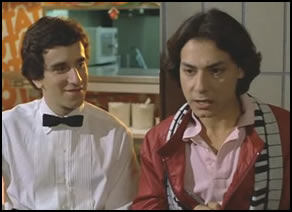
The movie soundtrack has become a great source for discovering music. Many dramatic scenes are fully augmented by appropriate audio, which in turn drives sales of the songs themselves. It is a nice […]
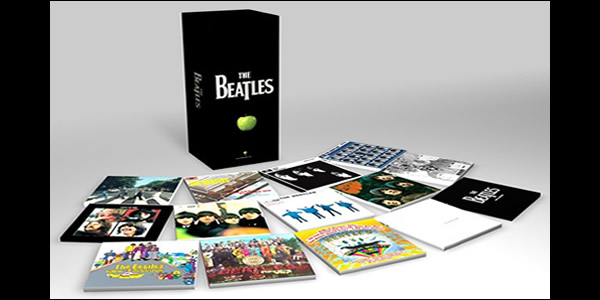
Ever since the beginning of the rock era, there have been compilations. As we mentioned in our very first special feature on The Album, long playing vinyl albums were simply a collection […]
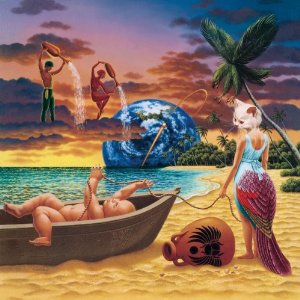
Buy Trial by Fire For Journey‘s most avid fans, the 1996 album Trial By Fire may be best described as one last guilty dip into the group’s heyday of the previous decade. With […]
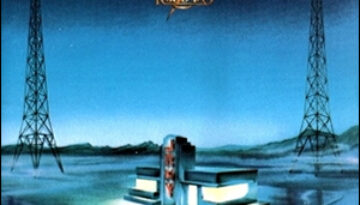
Buy Raised On Radio Following the most commercially successful era for the band, lead singer Steve Perry firmly took control over Journey‘s musical direction. The ultimate result of this new direction was this […]
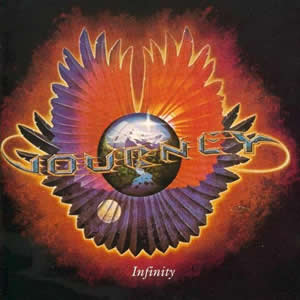
Buy Infinity The classic lineup of Journey came together for the album Infinity, released in 1978. Although this was the fourth overall album for the group that had been together since 1973, it […]
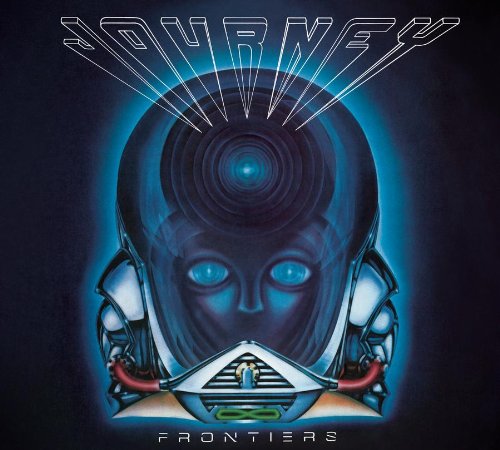
buy Frontiers Although not quite the commercial blockbuster of their previous album Escape, Journey‘s 1983 album Frontiers was a very close second commercially. The album reached #2 on the US charts, would garner […]
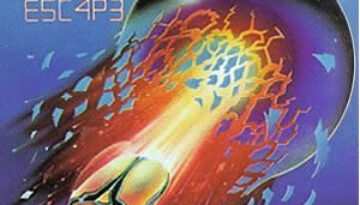
Buy Escape Rarely does a band become more successful after one of its founders and leader departs from the group. Greg Rollie was the original lead singer, keyboardist, and overall and heart and […]
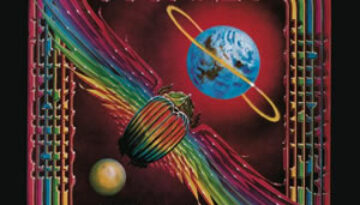
Buy Departure Journey continued their climb to rock superstardom with 1980’s Departure, the group’s highest charting studio album of the six with founding keyboardist and vocalist Gregg Rolie. This album contains a diverse […]